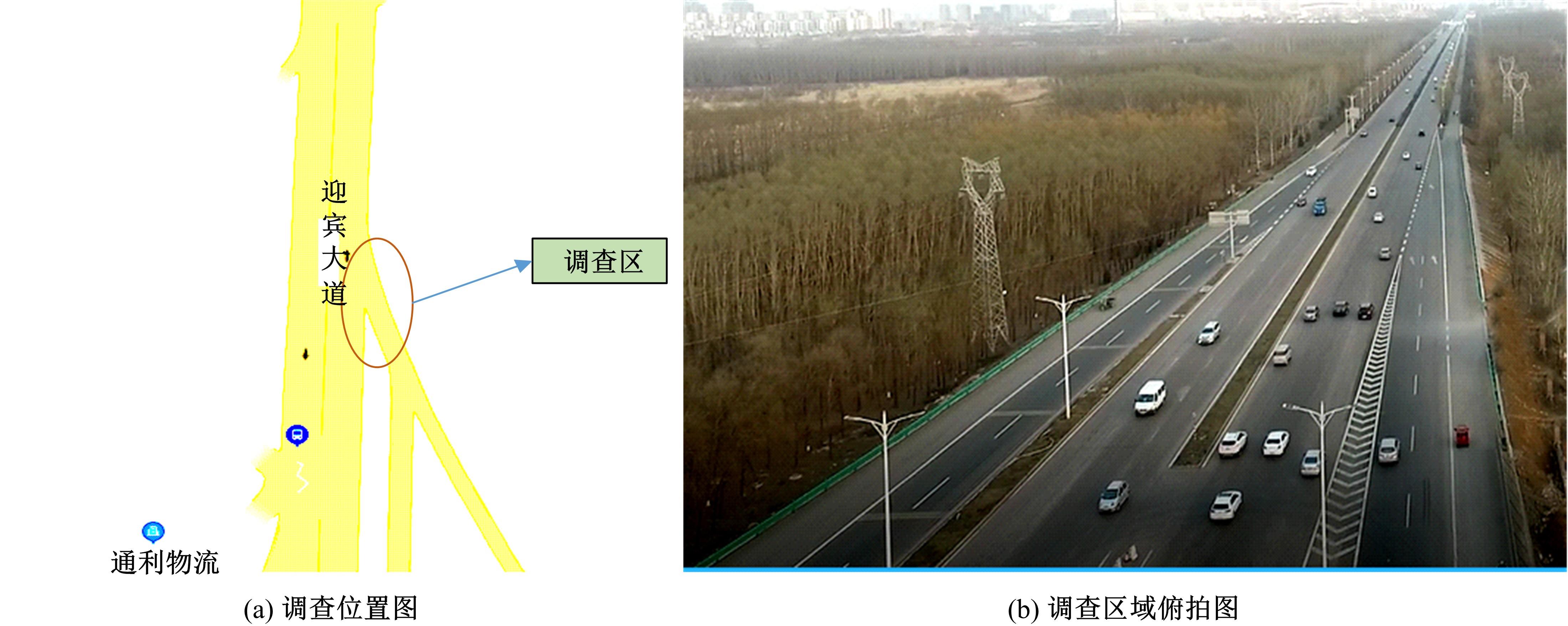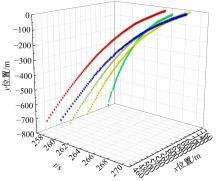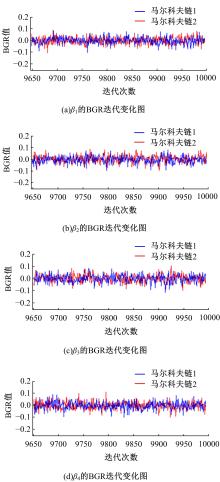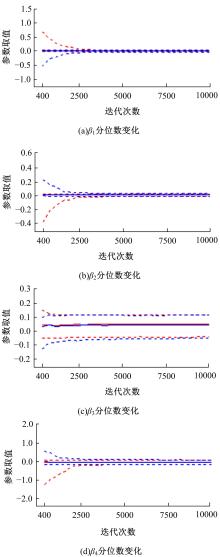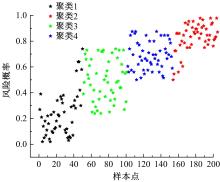| 1 |
Ahammed M A, Hassan Y, Sayed T A. Modeling driver behavior and safety on freeway merging areas[J]. Journal of Transportation Engineering, 2008, 134(9):370-377.
|
| 2 |
Lee C, Abdel-Aty M. Analysis of crashes on freeway ramps by location of crash and presence of advisory speed signs[J]. Journal of Transportation Safety & Security, 2009, 1(2):121-134.
|
| 3 |
Mergia W Y, Eustace D, Chimba D, et al. Exploring factors contributing to injury severity at freeway merging and diverging locations in Ohio[J]. Accident Analysis and Prevention, 2013, 55(6):202-210.
|
| 4 |
Cafiso S, Graziano A D, Silvestro G D, et al. Development of comprehensive accident models for two-lane rural highways using exposure, geometry, consistency and context variables[J]. Accident Analysis & Prevention, 2010, 42(4):1072-1079.
|
| 5 |
Geedipally S R, Lord D, Dhavala S S. The negative binomial-Lindley generalized linear model: Characteristics and application using crash data[J]. Accident Analysis and Prevention, 2012, 45:258-265.
|
| 6 |
Eustace D, Aylo A, Mergia W Y. Crash frequency analysis of left-side merging and diverging areas on urban freeway segments——a case study of I-75 through downtown Dayton, Ohio[J]. Transportation Research Part C, 2015, 50(1):78-85.
|
| 7 |
王雪松, 宋洋, 黄合来, 等. 基于分层负二项模型的城郊公路安全影响因素研究[J].中国公路学报, 2014, 27(1):100-106.
|
|
Wang Xue-song, Song Yang, Huang He-lai, et al. Research on influencing factors of Suburban Highway safety based on hierarchical negative binomial model[J]. Chinese Journal of Highways, 2014, 27(1):100-106.
|
| 8 |
马聪, 张生瑞, 马壮林, 等. 高速公路交通事故非线性负二项预测模型[J].中国公路学报, 2018, 31(11):176-185.
|
|
Ma Cong, Zhang Sheng-rui, Ma Zhuang-lin, et al. Nonlinear negative binomial forecasting model for expressway traffic accidents[J]. Chinese Journal of Highways, 2018, 31(11):176-185.
|
| 9 |
郭璘, 周继彪, 董升, 等. 基于改进K-means算法的城市道路交通事故分析[J].中国公路学报,2012,31(4):270-279.
|
|
Guo Lin, Zhou Ji-biao, Dong Sheng, et al. Analysis of urban road traffic accidents based on improved K-means algorithm [J]. Chinese Journal of Highways, 2012,31(4):270-279.
|
| 10 |
Abdel A M, Pande A. Identifying crash propensity using specific traffic speed conditions[J]. Journal of Safety Research, 2005, 36(1):97-108.
|
| 11 |
马艳丽,范璐洋,吕天玲,等.车辆运行风险贝叶斯网络量化分级方法[J].哈尔滨工业大学学报, 2020,52(3):33-37.
|
|
Ma Yan-li, Fan Lu-yang, Lv Tian-ling, et al. Bayesian network quantitative classification method of vehicle operation risk[J]. Journal of Harbin Institute of Technology, 2020,52(3):33-37.
|
| 12 |
Xiong X, Chen L, Liang J, et al. Vehicle driving risk prediction based on markov chain model[J]. Discrete Dynamics in Nature and Society, 2018: 1-12.
|
| 13 |
Mohamed, M, Ahmed H. Application of stochastic gradient boosting technique to enhance reliability of real-time risk assessment: use of automatic vehicle identification and remote traffic microwave sensor data[J]. Transportation Research Record, 2018, 2386(1):26-34.
|
| 14 |
Ma Y, Qi S, Fan L, et al. Dynamic bayesian network approach to evaluate vehicle driving risk based on on-road experiment driving data[J]. IEEE Access, 2019, 99: 135050-135062.
|
| 15 |
Sun Jie, Sun Jian. A dynamic Bayesian network model for real-time crash prediction using traffic speed conditions data[J]. Transportation Research, Part C: Emerging Technologies, 2015, 54(5):176-186.
|
| 16 |
Abdel A M, Pande A, Lee C, et al. Crash risk assessment using intelligent transportation systems data and real-time intervention strategies to improve safety on freeways[J]. Journal of Intelligent Transportation Systems, 2007, 11(3):107-120.
|
| 17 |
Yang K, Wang X, Yu R, et al. A Bayesian dynamic updating approach for urban expressway real-time crash risk evaluation[J]. Transportation Research Part C: Emerging Technologies, 2018, 96:192-207.
|
| 18 |
John K. Doing Bayesian Data Analysis: A Tutorial with R and BUGS[M]. Beijing: China Machine Press, 1900.
|
| 19 |
刘金山, 夏强. 基于MCMC算法的贝叶斯统计方法[M]. 北京:科学出版社, 2015.
|


